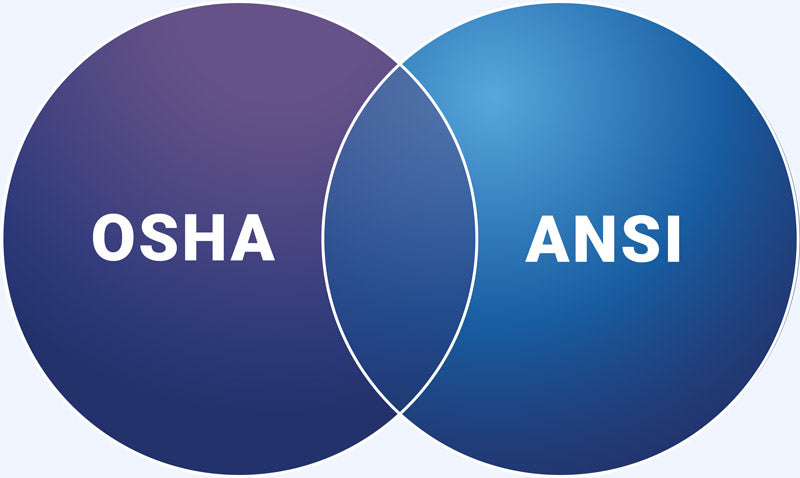
ANSI or OSHA?!
⚔️ ANSI vs OSHA: What Real Safety Looks Like on the Jobsite
Your gear isn’t a suggestion. It’s survival. At Safe or Die Gear, we don’t do half-measures, and we don’t play nice with vague safety promises. If it’s not ANSI-rated and OSHA-backed, it’s just fabric. Let's break down what actually matters when you're putting your hands, reputation, and crew on the line.
🛠️ What Is ANSI—and Why Should You Care?
ANSI writes the standards—think of it as the rulebook for how tough your gloves need to be. The ANSI/ISEA 105-2016 scale ranks cut resistance from A1 to A9, based on grams of pressure needed to slice through material. Low scores cover basic tasks; high scores? They’re built for metal, glass, and brute force.
At Safe or Die Gear, we speak fluent ANSI—because survival depends on details.
🧨 OSHA: The Enforcer
OSHA’s not here to make suggestions. They enforce legal safety standards and issue fines when gear doesn’t cut it—literally. That means gloves rated ANSI A4 or higher for heavy-duty work, not just smart—they’re mandatory.
🔥 Why It Matters to You
You're not buying protection. You're buying proof—that your gear can take what your job dishes out. Your gloves should say:
“Rated A6. Built for sharp edges and shattered expectations.”
And your messaging? Should be just as unflinching:
“Engineered to ANSI specs. Compliant with OSHA law. Designed for workers who don’t flinch.”
That’s Safe or Die.


